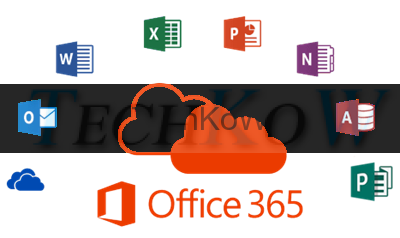Due to the focus on digital transformation in the workplace, several businesses are opting for SharePoint Online Tenant to Tenant Migration to transform their business. Over the past few years, large companies are migrating content to Office 365. Let’s get insight and learn that could easily be applied to future migration projects.
Key steps to undertake with each migration are mentioned below:
- Migration strategy
- Migration planning
- Pre-migration steps
- Content migration
- Post-migration steps
- User acceptance
Migration Strategy
- Investigate the source and target environments extensively
- Spend time on finalizing the migration approach
- Lists data or content that cannot be migrated
- Define mitigation approaches for risky areas such as workflows, customizations, and permissions
- Familiarize yourself with the available migration tools and choose the one that suits your needs
Migration Planning
Bench Marks & Performance
After initial migration testing with the migration approach of your choice, setting user expectations for performance and incorporating user feedback can help you develop a migration plan.
Migration process
Make sure your migration plan is clear, concise, and understood by all relevant stakeholders. We recommend that you use a step-by-step migration approach that moves content in batches rather than moving it all at once. This approach allows you to correct mistakes and avoid pitfalls.
Migration tool’s limitations
Add a migration plan for unexpected issues/issues that are not covered by the migration tool. Plan alternative approaches and resources to cover these limitations. You can write your manual migration script or find another tool that can cover your limitations.
Pre-migration Actions
Build a clear site map
Create a site inventory before you start the migration. This gives you a clear idea of the source in terms of the number of websites included, the structure of each website, and the data usage of each website.
User mapping
Create a user mapping sheet and thoroughly test it with a PoC migration before actually implementing it. Mapping errors that occur during a PoC migration can be resolved before implementation to reduce the risk of impacting the migration budget and schedule.
No migration tool is bulletproof
There are many different tools on the market, but that doesn’t mean they handle everything you’d expect from a migration. Each SharePoint migration has different challenges concerning related customizations, workflow types used, and content types for each site collection.
Tracking migration progress
Reporting on the progress and status of the migration is an important part of the Office 365 Migration Tenant to Tenant project. Make sure you have defined the level of reporting and the resources you need to implement the tracking system. Some tracking systems may also be used when a site audit is requested.
Migration infrastructure
The migration tool of your choice requires a higher level of permissions to process and create content in your target environment. You need access to check/test in your source and target environments for connections, permissions, firewalls, and any type of web service, API, or update that applies to your target environment.
User Acceptance
Before onboarding users and testing your site, make sure your migration team has done all the basic testing on your site. You may need to create a checklist that covers your considerations before declaring that your site has been successfully migrated, as the list may be missing or the workflow may not be found.
So, if you have a significant migration ahead and don’t want to experience SharePoint migration issues, get help from experts like Apps4rent. They will also guide and help you to set up Azure Desktop as a Service.





